First Postwar Assault Rifle
Assault rifles are the most fundamental weapon for any military, which makes domestic production preferable from a logistical standpoint. Postwar Japan was no exception and has strived to produce its own rifle starting with the Howa Type 64.
As the name suggests, this rifle was introduced in 1964 as postwar Japan’s first domestic rifle and more than 230,000 units have been produced by Howa Industries.
- General Overview
| Weight | 4.3kg/9.47lbs |
| Length | 0.99m/3.24ft |
| Caliber | 7.62mm |
| Firing Rate | 500 rounds per minute |
| Effective Range | 400m/1,300ft |
| Magazine | 20 rounds |
| Unit Price | 2,000 USD (1964) |
During the early days, the Self Defense Forces were provided with a mixture of former Imperial Japanese Army rifles and hand-me-downs from the US military, obviously creating a logistical nightmare. To make matters worse, these second-hand rifles posed serious safety concerns due to frequent accidents and jamming.
The Type 64 rifle was not only developed to address these issues, but also designed to match the physique of the ordinary Japanese soldier.
While it used NATO standard ammunition to ensure compatibility, the amount of charge within each bullet was reduced by 10%, as well as the firing rate, to suppress recoiling effects.
Along with this recoil suppression, the Type 64 came with a bipod that enabled the rifle to serve as a portable light machine gun. These features brought about stability and raised expectations regarding accuracy.
Moreover, the 7.62mm rounds fired by gas pressure could inflict serious damage towards non-armored vehicles, and together with the light machine gun aspect, the rifle was deemed suitable for the JGSDF’s defensive tactics.
Heavy + Maintenance
So, why does it have a bad reputation among SDF personnel?
Firstly, while the rifle is robust enough, it is still considered too heavy for the standard Japanese soldier and the high number of components makes it far from maintenance-friendly.
As a soldier’s basic weapon, rifles are required to be disassembled and put through maintenance on a regular basis, so it is ideally better for the gun to have a simple structure.
Unfortunately, the Type 64 requires specialized tools for disassembly, and some versions are prone to small parts falling off or getting lost, exacerbating the user’s frustration. In order to function properly, the Type 64 needs considerably more maintenance compared to other rifles, contributing to the criticism as being somewhat unreliable.
Nonetheless, many of these issues are caused by time-related deterioration, subjugating the reputation to the individual product rather than the entire batch.
Weapon of the Past
In addition to the issues of weight and maintenance, many have raised concerns about its actual usefulness.
The safety mechanism, which allows the user to choose between “Safe,” “Single,” and “Automatic,” has an unusual design that needs to be pulled and turned, making any swift transition challenging.
When it comes to accuracy, many users to find it harder to hit the target despite the aforementioned features to improve stability. But, it is worth noting that a significant number of opposite opinions exist on this point.
Perhaps most negative impressions derive from the perception gap felt by those accustomed to the more lighter, small caliber Type 89 rifle.
Finally, we must remember that the Type 64 was designed back in the 1960s when the JGSDF focused on ambush tactics and defensive positions whereas close-quarter combat was not even considered.
The Type 64’s secondary role as a light machine gun proves this concept, and the rifle was a feasible answer to the JGSDF’s demands at the time.
Hence, although it receives mixed evaluations as a mass-produced industrial product, the Type 64 can be presented with at least a passing grade, especially as the first attempt since the pre-war Type 99 rifle.
If we take the lack of experience during the blank period into account, the fact that postwar Japan was able to mass-produce a rifle at an usable level is quite an achievement.

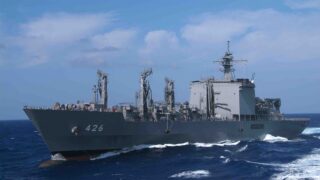
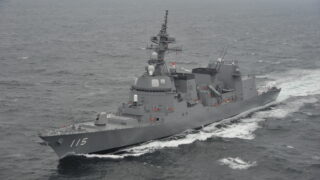
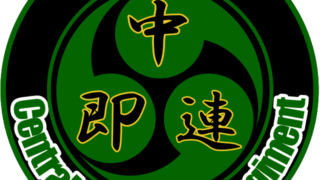
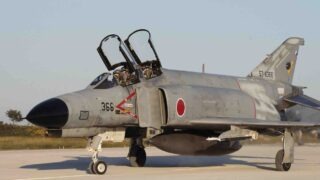


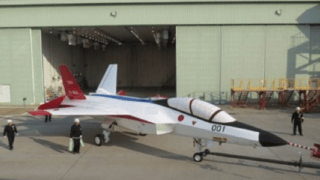
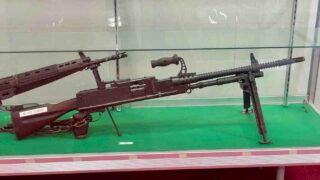
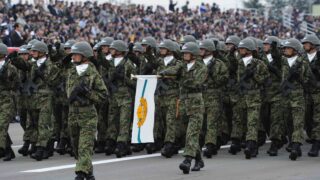
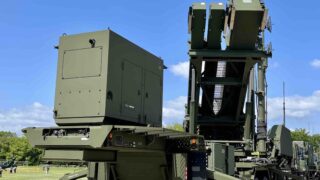
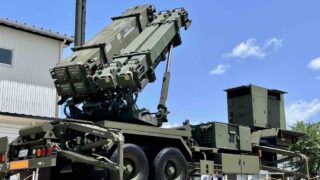
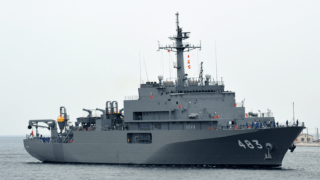
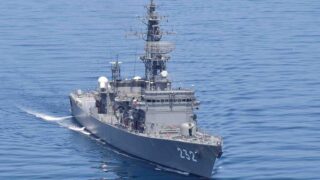
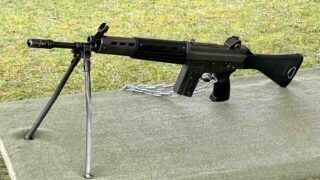
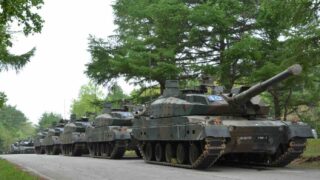
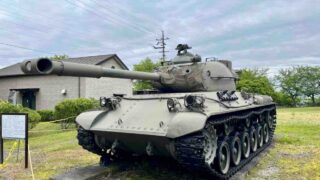
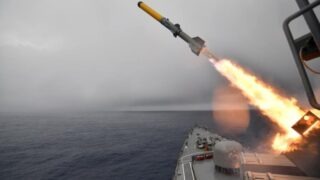
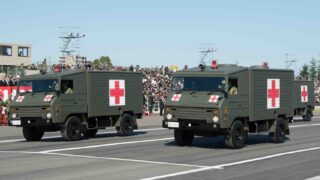
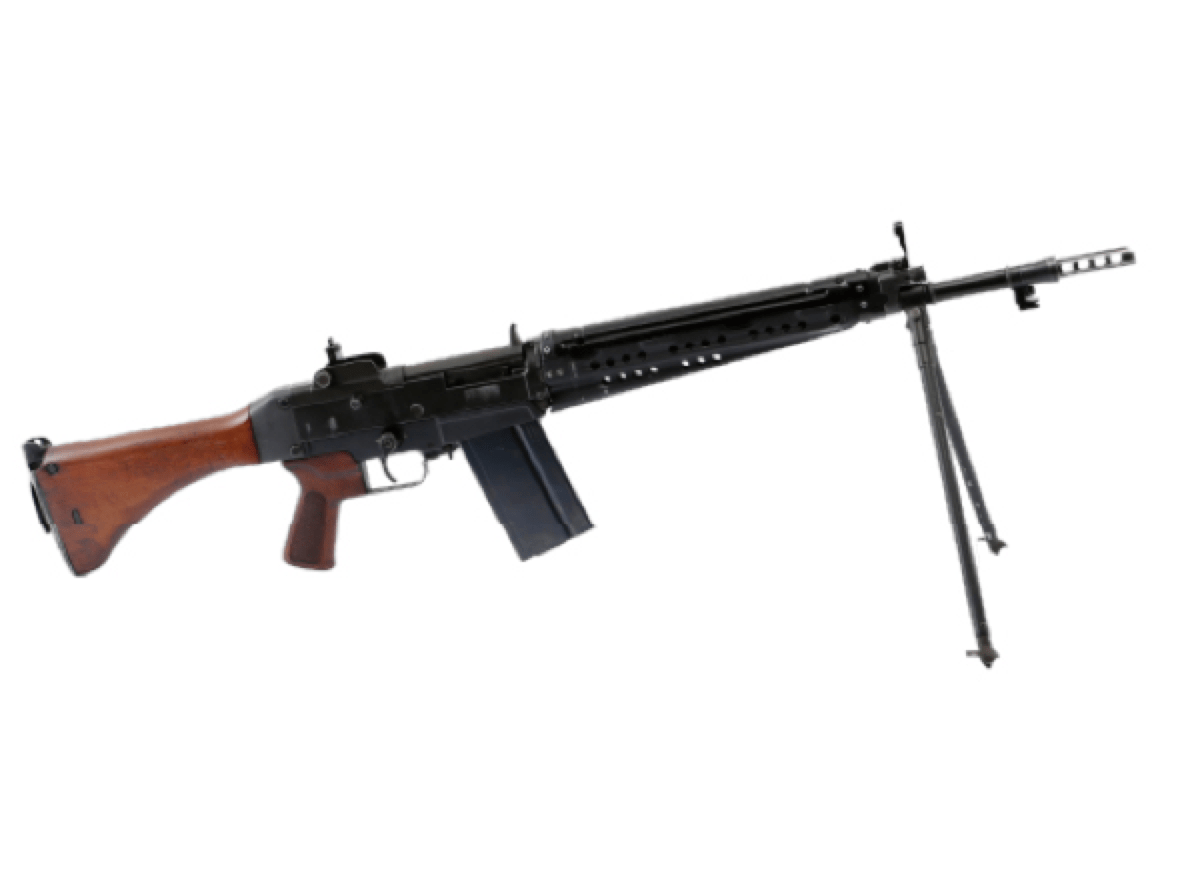
Comments